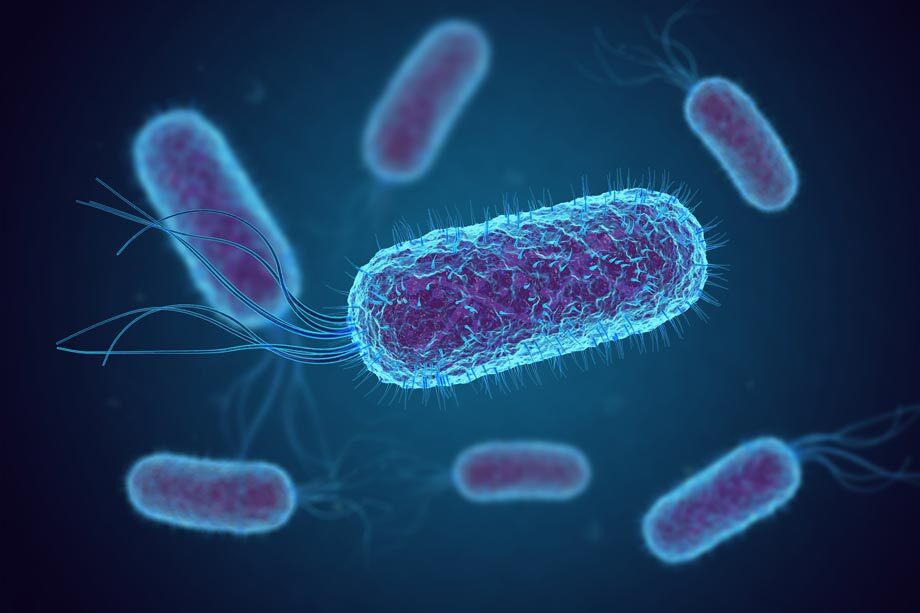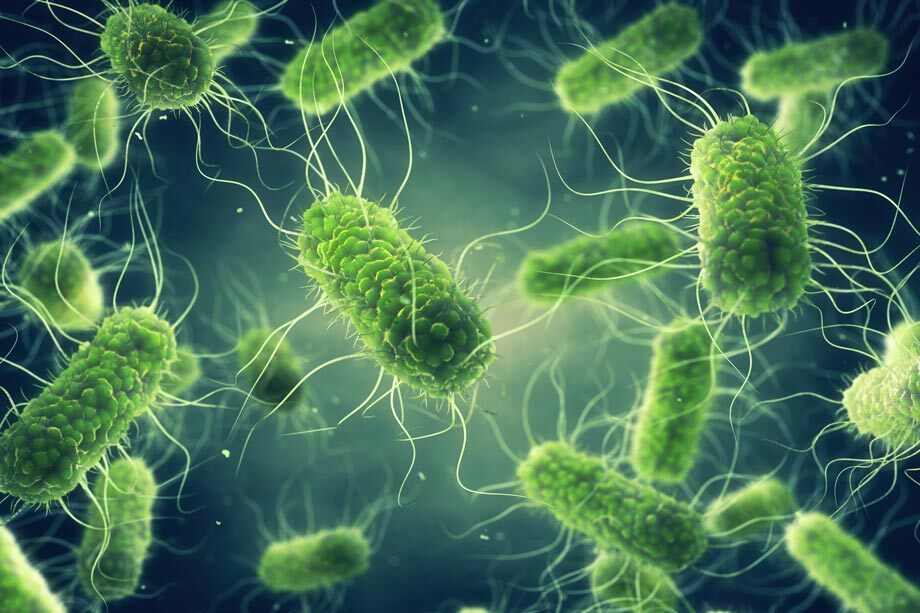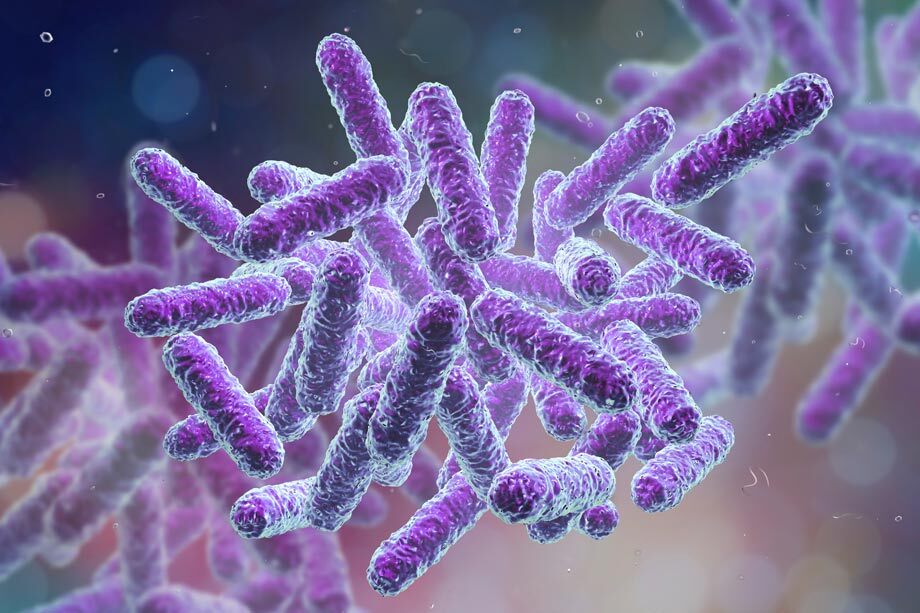A Look into Metals Found in Water
Most water naturally has metals present in the form of dissolved ions. In surface water, such as lakes, rivers, and streams, the pH of water can greatly affect the concentration of metals found in it. Water at a lower pH can more easily dissolve metals. So, water with a low pH is more likely to contain larger amounts of dissolved metals like arsenic, lead, copper, and manganese.

The Environmental Protection Agency (EPA) has set limits and guidelines called maximum contamination limits (MCLs) that states use to monitor contaminants in their water. Because public drinking water is treated and regulated, there is a set MCL for many different contaminants, including metals, to keep consumers safe. This means that, if a public drinking water system is found to have a concentration of a contaminant above this set limit, action is required to remedy the issue. Private well owners are not required to follow these limits on metals. However, MCLs can be used as a guideline for well owners to help ensure the safety of their water. Wastewater effluent that is discharged has a set of limits similar to an MCL for drinking water, but the limits are set a bit higher because contaminants in wastewater do not pose as high a threat to humans as those in drinking water.
EPA Maximum Contamination Limits
These limits are put in place to protect consumers and the environment.
| Contaminant | Issues Related to Contaminant | Drinking
Water
MCL(mg/L)* | Wastewater
Effluent
Limitations(mg/L) |
| Lead | Lead is harmful to children and adults. In children, exposure to lead in drinking water can lead to slower growth, learning/behavioral issues, and anemia. In adults, exposure can lead to cardiovascular issues, decreased kidney function, and reproductive issues. | 0.015 | 0.05 |
| Arsenic | Arsenic can cause skin damage and may increase a person’s risk for cancer. | 0.010 | 0.04 |
| Copper | Copper can cause gastrointestinal issues and, over time, it can lead to liver or kidney damage. High concentrations can cause water to taste metallic, and it can cause blue-green staining on laundry. | 1.0 | 11.0 |
| Manganese | Manganese can cause water to taste metallic and bitter, and it can cause black staining on laundry. | 0.05 | 0.2 |
* Reclaimed wastewater must meet these requirements in order to be used.


